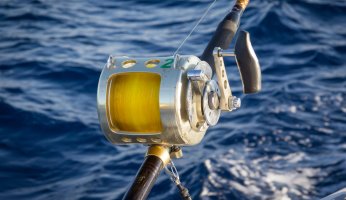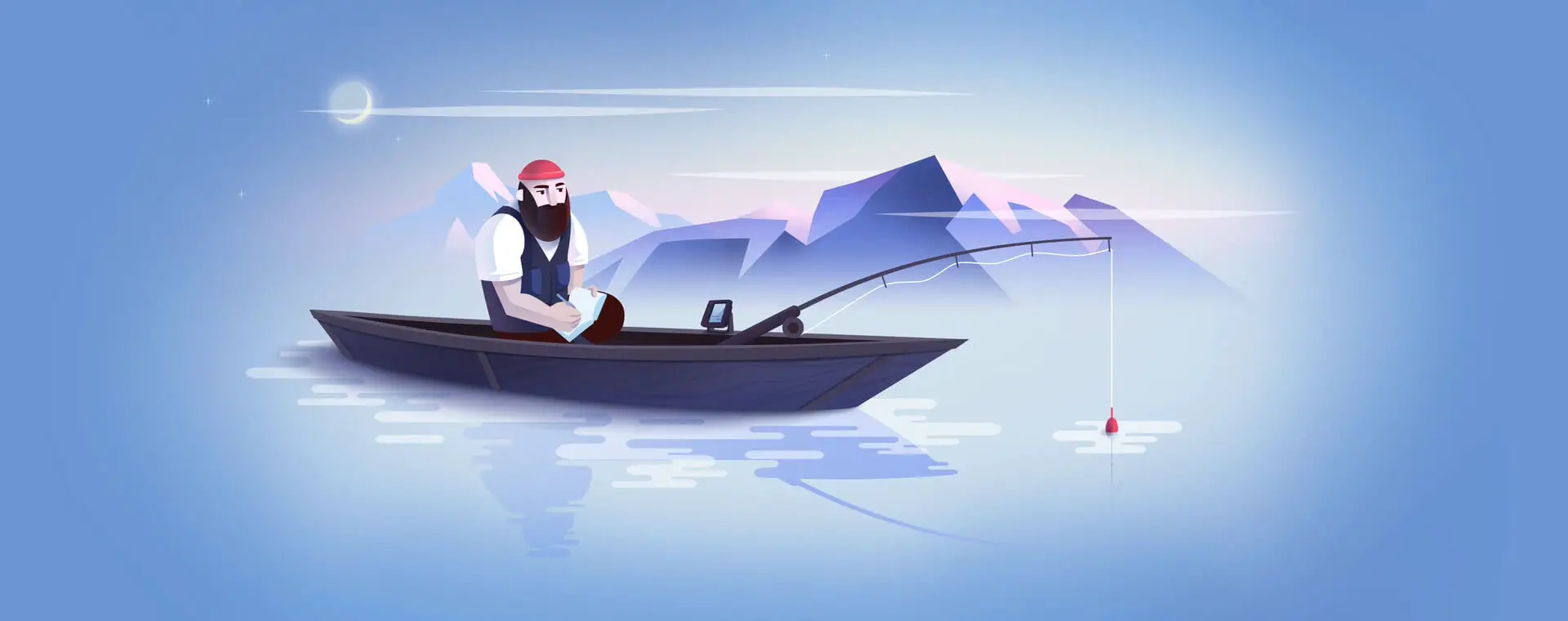Fishing for Goggle-Eye
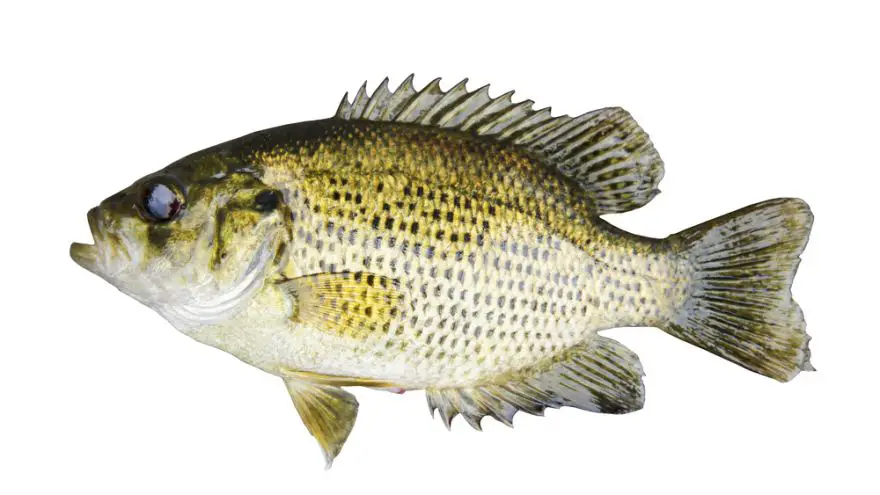 Fishing for Goggle-Eye
gearweare.net
Fishing for Goggle-Eye
gearweare.net
I know most anglers have never heard of the goggle-eye or at least never caught one, but they are popular in certain areas. While they can be found is streams, rivers, lakes, and swamps all across North America, Missouri is definitely the goggle-eye capital of the world. Harvests of these fish in Missouri have been so high that an eight inch limit was imposed to help keep the population strong. In fact, this fish was featured on the cover of the Missouri Conservation Guide in 2010. Being from Missouri, I know all about these weird little fish.

Goggle-eye are a variety of rock bass that typically average around one and a half pounds. Do not let their size fool you. These little fish fight harder pound for pound than any other fish I know. When you get one hooked, be ready for a good time. Your next thrill will be when you pull one out of the water. This stocky fish has blood red eyes jutting from its head and sharp barbs supporting a fan rising from its back. It looks truly prehistoric. You will also enjoy the taste. Unlike the bass you catch in murky ponds and lakes, goggle-eye live in a cleaner environment. This gives their meat a delicious, mild flavor that everybody loves.
In this article I will cover some tips and tricks on how you too can be successful going after this wonderful fish. I hope that goggle-eye fishing can catch on in other parts of the country as well.
Table of Contents
Where to Find the Fish
Goggle-eye can be found in swampy areas, but I have most often found them in clear running waters. The rivers and streams of southern Missouri are where I most often find these fish. However, you will not find them out in the open. These fish do not like current. You will most likely find them hiding out in the deepest, darkest crevices they can find in the stream. These dark corners still allow the fish to target the small invertebrates they like to eat. They tend to stay close to the bottom near their food sources, and typically behind large logs or boulders.
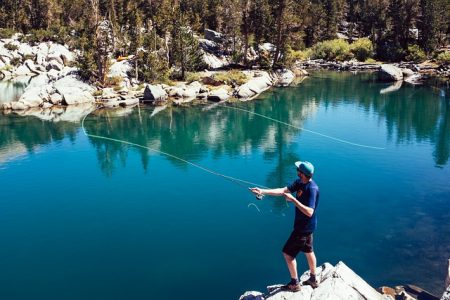
Your target areas in lakes and reservoirs are a bit different. Goggle-eye typically like to hide out amongst other fish such as largemouth bass, smallmouth bass, and walleye. It is not uncommon to accidentally catch goggle-eye while trolling through a lake targeting other fish. Some of the best areas to target are transition areas where the bottom changes from rock to sand. Of course, any additional vegetation will always make for a better habitat for fish. You can even ice fish for goggle-eye, although it can be hit-and-miss. They stay in tight schools and do not move much.
What They Eat
Goggle-eye are opportunistic fish and will eat any small creatures that they come across. In general, they go after food that is 2 ½ inches in length or smaller. Minnows are a good food source and goggle-eye often lie in areas where schools of minnows swim downstream. Worms work well for bait as rock bass often mistake them for leaches or baby snakes. However, their favorite food source is crayfish. These quick little creatures are often found in the same nooks and crannies where goggle-eye sit in wait. The fish will often sit behind their boulder or log facing upstream and waiting for the current to bring them a meal. Your best bet is to cast upstream from your target spot and let your bait drift along the bottom towards the fish. Soon you will have an exciting fight on your hands.
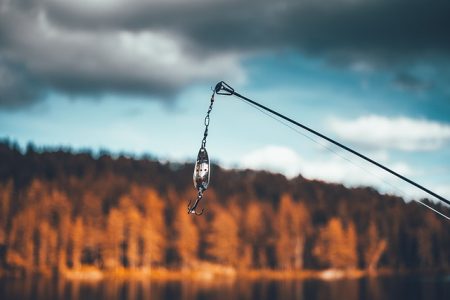
Artificial Lures
Goggle-eye will strike on any lure that imitates one of their primary food sources, and a few that do not. Mini-crankbaits or jig-spinners work best when you cast quartering upstream and allow the current to do the work. Drifting softbaits 2 ½ inches or shorter is effective. Some examples would be Lunker City Hellgies and Berkley Gulp. Also, Hellgrammites on dropper rigs with a few split shot can work well. I have even seen popper topwaters work well from time to time. Plastic worms, jigs, and spinnerbaits work well in lakes and reservoirs.
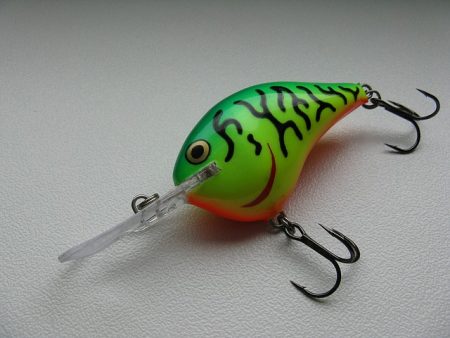
Eating Goggle-eye
As said before, the flesh of a goggle-eye is delicious. It is white and flaky with a mild flavor, not fishy at all. If you have ever eaten a sunfish, the flavor is very similar. However, like a sunfish there is not a great deal of meat on the fish. If you are fileting the fish you are best to target the backstrap above the ribs. You may also want to consider cooking the fish whole and pulling off the meat after cooking. Wrapping the gutted fish in foil with lemon and butter will give you a great product every time.






